From pv magazine 10/24
Most PV manufacturers in India have migrated their module production from passivated emitter rear contact (PERC) to n-type TOPCon technology. TOPCon is now the preferred option for those entering mainstream, large-scale cell production, or expanding production capacity.
Even as TOPCon is taking over the Indian solar industry, some observers expect interdigitated back contact (IBC) and other BC-type solar devices – which offer higher conversion efficiency – to tear a chunk out of the TOPCon market by 2030.
There is currently a limited number of PV manufacturers worldwide taking commercial steps in the BC space, although large-scale solar companies such as Aiko, Longi, and Maxeon could quickly bring this new technology to mainstream manufacturing.
BC cells represent a range of cell architectures, in some cases combined with other technologies such as TOPCon or heterojunction (HJT) solar. In BC devices, all contacts and other structures needed to transport charge out of the cell are placed on the rear side, eliminating shading losses on the front and offering high efficiency. Manufacturing BC technology requires investment in new tooling, and the mastery of more complex and delicate processes than are necessary in TOPCon production.
Indian manufacturers, working with tight margins, plan to continue with TOPCon in the near term and to continue exploring improvements to that technology, rather than investing in BC solar, which still faces challenges in large-scale manufacturing. Reliance Industries is currently the only manufacturer in India with firm plans for BC manufacturing. Reliance intends to commercialize HJT-IBC solar by 2026. The group’s new-energy business is currently developing first-generation bifacial panels with 26% efficiency, using HJT technology.
TOPCon on top
Since 2021, TOPCon has emerged as a favorite successor to PERC with manufacturers, including in India. TOPCon offers a simpler and less cost-intensive transition, with currently similar performance prospects to HJT, its main rival. While BC is envisaged as the next evolutionary step in solar – due to its potentially higher performance than other silicon cell technologies – shifting large-scale production to any BC technology would be a much more complex affair than upgrading to TOPCon.
“BC [cells] involve rear-side contacts, which eliminate front busbars, thus enhancing efficiency but requiring specialized tools and processes,” said Vikas Singh, general manager for global business at Chinese solar manufacturing equipment supplier Yingkou Jinchen Machinery. “The transition will necessitate heavy capital expenditure for retooling production lines, sourcing new equipment, and retraining staff. For Indian manufacturers, especially those operating on tight margins, this could be a challenge. The high initial cost could potentially deter some players, especially smaller or recently upgraded ones.”
BC structures can be implemented onto different cell architectures, including TOPCon and HJT, to improve cell efficiency. BC solar cells have the potential to reach an efficiency of up to 29.1% – a figure that is recognized as the highest performance potential among all silicon solar technologies. However, making cells bifacial is more of a challenge. IBC’s higher output on the front side may still not justify its higher cost compared to TOPCon.
Balachander Krishnan, chief operating officer for the ingot-to-module plant at Indosol Solar, said BC solar cells might not capture a market share of at least 10% until 2028. He noted several key hurdles to IBC adoption. They include high capital expenditure, non-standardized processes with many different routes, and increased operating expenses. Reliability issues, lower yields, and higher electrical rejects and breakages due to manufacturing complexities also pose challenges. The lower bifaciality factor of 70% compared to TOPCon’s 80% also contributes to the difficulty in adoption.
Preparing for transition
Until BC settles as a more viable option, manufacturers prefer to focus on processes in their existing lines to increase cell efficiency. Many solar producers, though, do have BC on their technology roadmaps, as several of India’s leading module makers have told pv magazine.
“For tier-1 cell suppliers, TOPCon has already reached 26% efficiency in their production lines by introducing the LECO [laser-enhanced contact opening] process and edge passivation as a standard process in their manufacturing lines,” said Indosol’s Krishnan.
In that scenario, Krishnan believes that TOPCon still has higher potential to reach beyond 28% cell efficiency by adopting a range of innovations including double-sided TOPCon, optimization of interface design between the many cell layers, a new cell structure to enhance carrier selectivity, polyfinger technology, new silver pastes, and more.
“With this clear-cut roadmap in mind, manufacturers will focus on leveraging the maximum potential from existing TOPCon lines rather [than] focusing on a newer technology which is yet to be proven in mass manufacturing in terms of cost, yield, and reliability,” he added.
Though others may start earlier with BC adoption, realizing some of the aforementioned TOPCon possibilities should keep the technology competitive in the medium term. “With back contact routes promising even higher efficiencies than TOPCon, Indian manufacturers must focus on integrating advanced techniques like selective doping, light trapping, and surface passivation,” said Juhi Marwadi, director of module maker Pixon. “This will help them stay competitive in the global market as other manufacturers also shift to high-efficiency cells.”
As for the transition to BC, government incentives, technology tie ups, and skilling of the workforce are necessary to ease the transition.
“Manufacturers need to assess their existing production lines and understand the degree of compatibility for future BC manufacturing,” said Marwadi. She explained that this includes process optimization for contact printing, passivation, and module assembly, among other issues. To ease the transition to BC, Marwadi said she expects Indian manufacturers to seek partnerships with international tech companies and research institutes that specialize in BC solar technology. Such collaborations could speed up the process of technology transfer and reduce the learning curve for new approaches. “Manufacturers will need to invest in upskilling their workforce to handle the more advanced IBC processes,” said Marwadi. “The Indian government’s PLI [production-linked incentive] scheme and other solar industry incentives might offer financial support for manufacturers transitioning to next-gen technologies like IBC.”
Hardip Singh, chief operating officer at Grew Energy, said that the fast pace of technological advancements in the solar industry presents a major challenge for Indian manufacturers. The rate of return on investment in manufacturing technology often falls behind these advancements. Singh said he expects this trend to continue, requiring manufacturers to either adapt or find innovative solutions. He noted that manufacturers have already sought government support to tackle this issue.
“With the anticipated transition to BC panels as early as 2025, we are closely monitoring the advancements in BC technologies,” said Suhas Donthi, president and CEO of Emmvee Group. “We are preparing to introduce these cutting-edge solutions to the Indian market when they reach the right stage for large-scale commercial deployment.”
This content is protected by copyright and may not be reused. If you want to cooperate with us and would like to reuse some of our content, please contact: editors@pv-magazine.com.
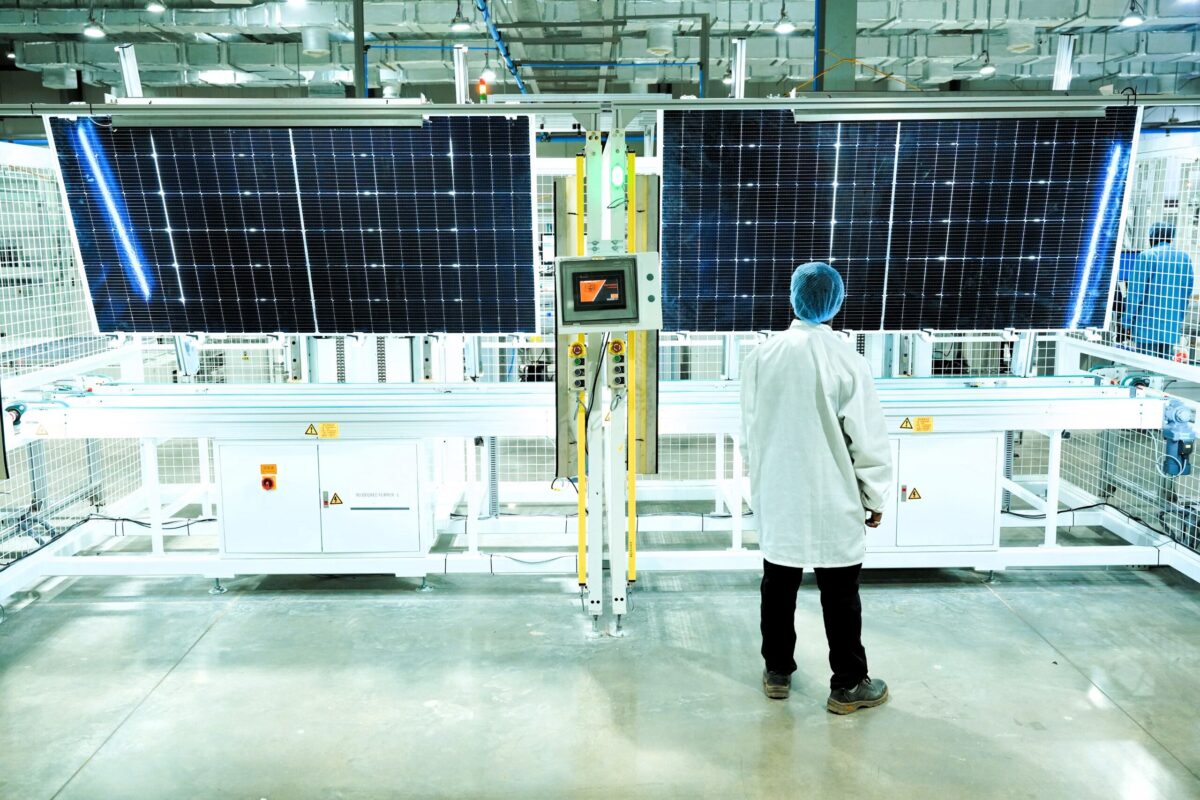
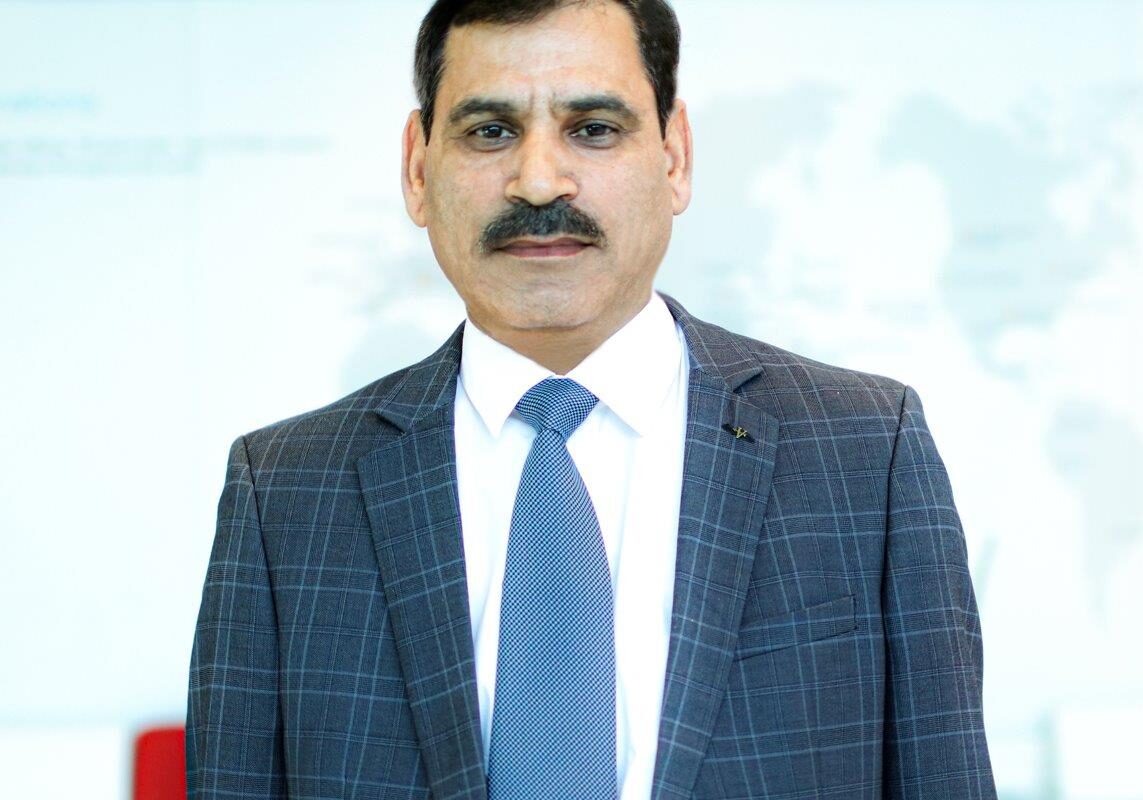


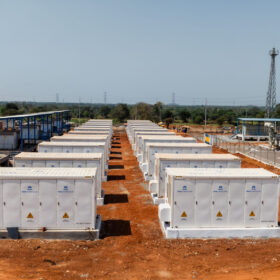
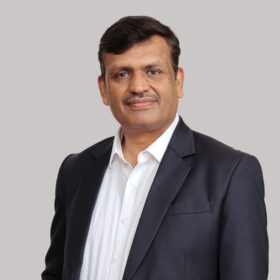
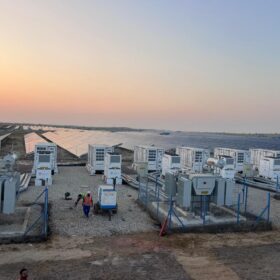
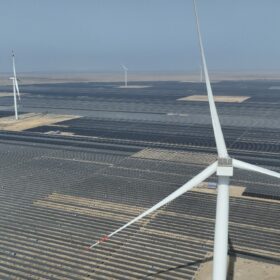
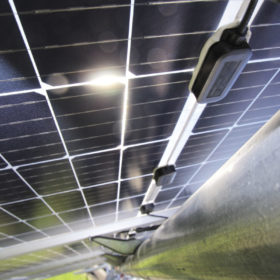
By submitting this form you agree to pv magazine using your data for the purposes of publishing your comment.
Your personal data will only be disclosed or otherwise transmitted to third parties for the purposes of spam filtering or if this is necessary for technical maintenance of the website. Any other transfer to third parties will not take place unless this is justified on the basis of applicable data protection regulations or if pv magazine is legally obliged to do so.
You may revoke this consent at any time with effect for the future, in which case your personal data will be deleted immediately. Otherwise, your data will be deleted if pv magazine has processed your request or the purpose of data storage is fulfilled.
Further information on data privacy can be found in our Data Protection Policy.